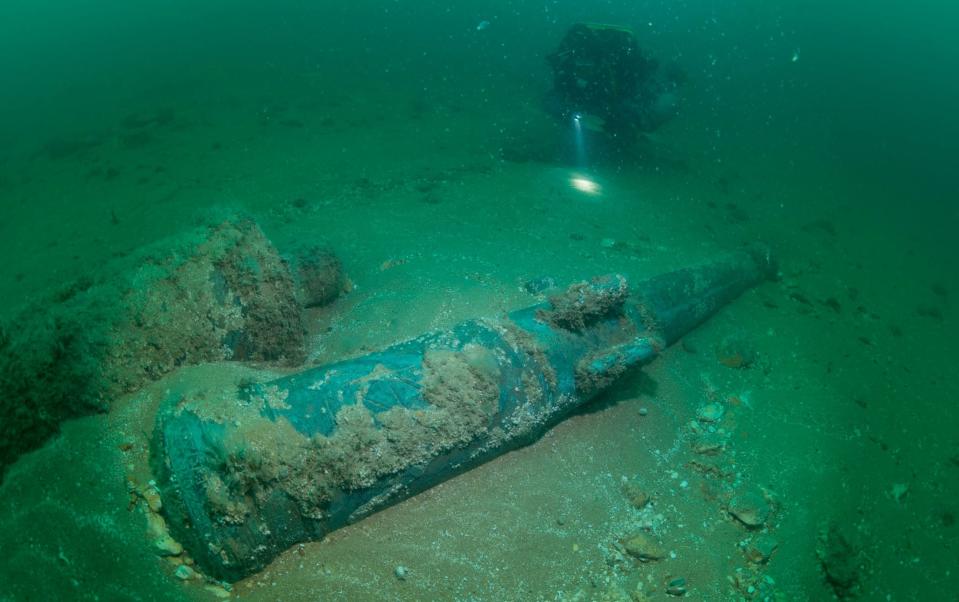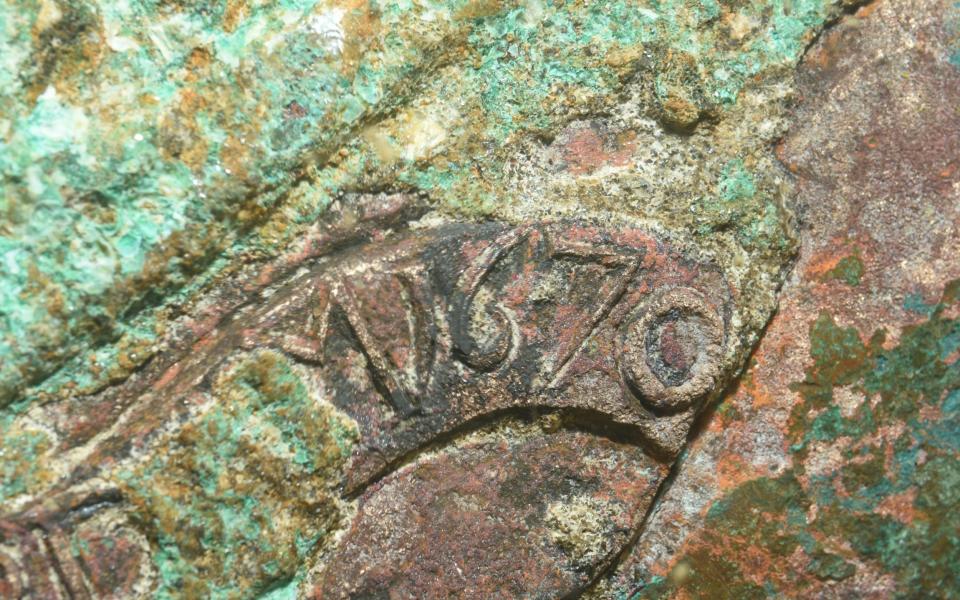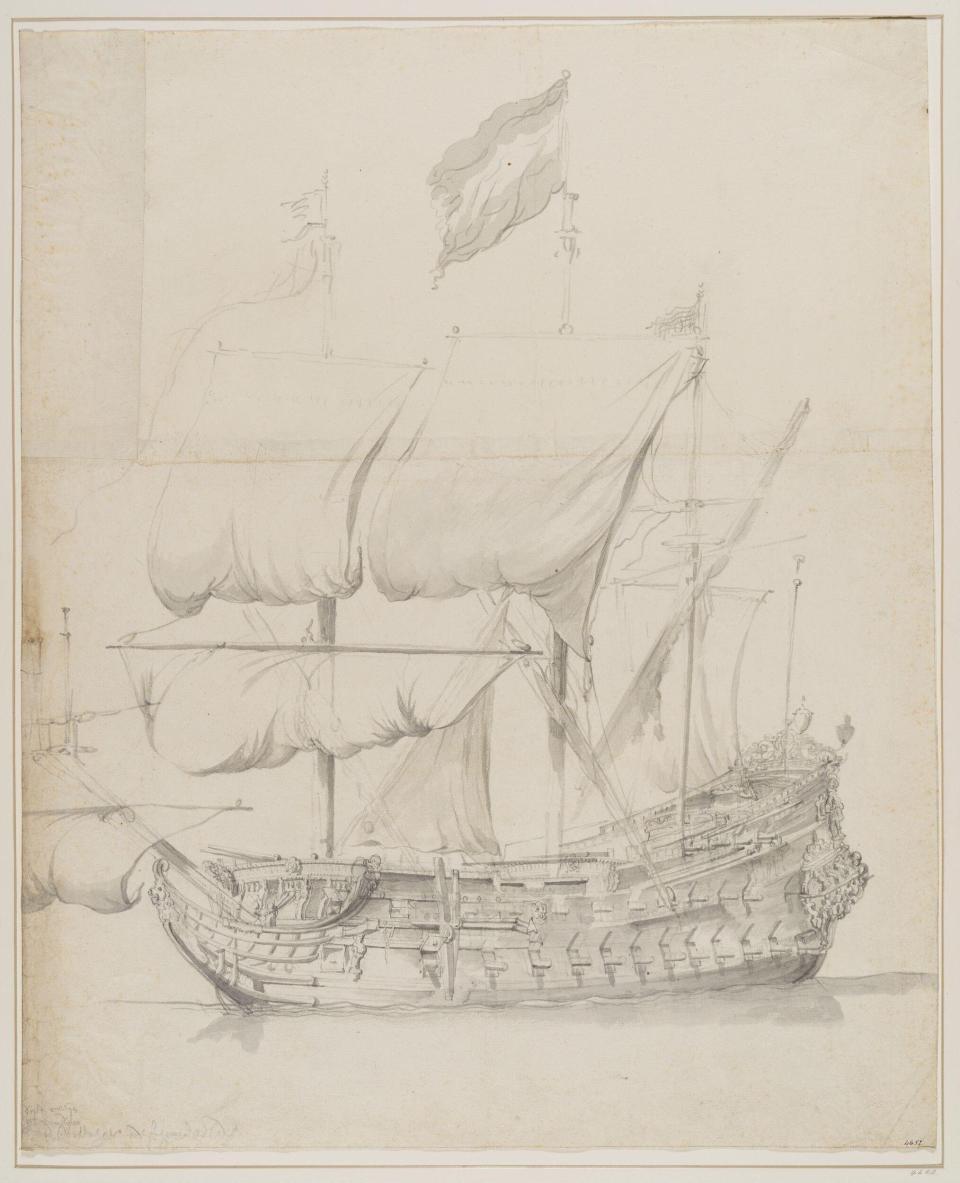Enemy warship Klein Hollandia sunk by Britain 350 years ago given special protection

Britain will protect an enemy warship the Royal Navy sank 350 years ago, it has emerged.
A mysterious wreck off the coast of Eastbourne, which has been given special protection under UK law, has been identified as a Dutch vessel which caused havoc in the Channel during the 17th century.
Experts have revealed that the ship that now lies 100 feet below the surface is the Klein Hollandia, which took part in major battles in the Second Anglo-Dutch war before being boarded by English forces and destroyed in 1672.
Heritage Minister Lord Parkinson of Whitley Bay said: “The identification of the Klein Hollandia offers a glimpse back into the seventeenth century, giving us a chance to learn more about the maritime history of this period and to uncover treasures which have been underwater for hundreds of years.
“I am very pleased that thanks to this partnership between the UK and the Netherlands, we have been able to solve some of the mysteries linked to this wreck.”
The wreck was found to be the Klein Hollandia through a joint investigation by British and Dutch experts, whose analysis of a bespoke cannon offered clues to the identity of the ship.


The cannons were inscribed with the name of a master gunsmith, marking them as Dutch, and the date 1670, meaning that the ship must have gone down after this date.
The ship also went down with a cargo of prized Carrara marble from Italy, allowing historians to track which fleets had moved from the Mediterranean close to this date. They concluded that the ship was part of a squadron commanded by an Admiral de Haese.
Records show that this squadron was attacked by British forces as it passed through the English Channel and that during the engagement a vessel called the Klein Hollandia was badly damaged, and boarded, before going down with both Dutch and British sailors on board.
The site is protected under the Protection of Wrecks Act 1973, which Lord Parkinson said would allow the UK to guard the site “for future generations to continue to research”.
There were four Anglo-Dutch wars in the 17th and 18th centuries, one outcome of which was New York (formerly New Amsterdam) being handed over to the British.

 Yahoo News
Yahoo News 